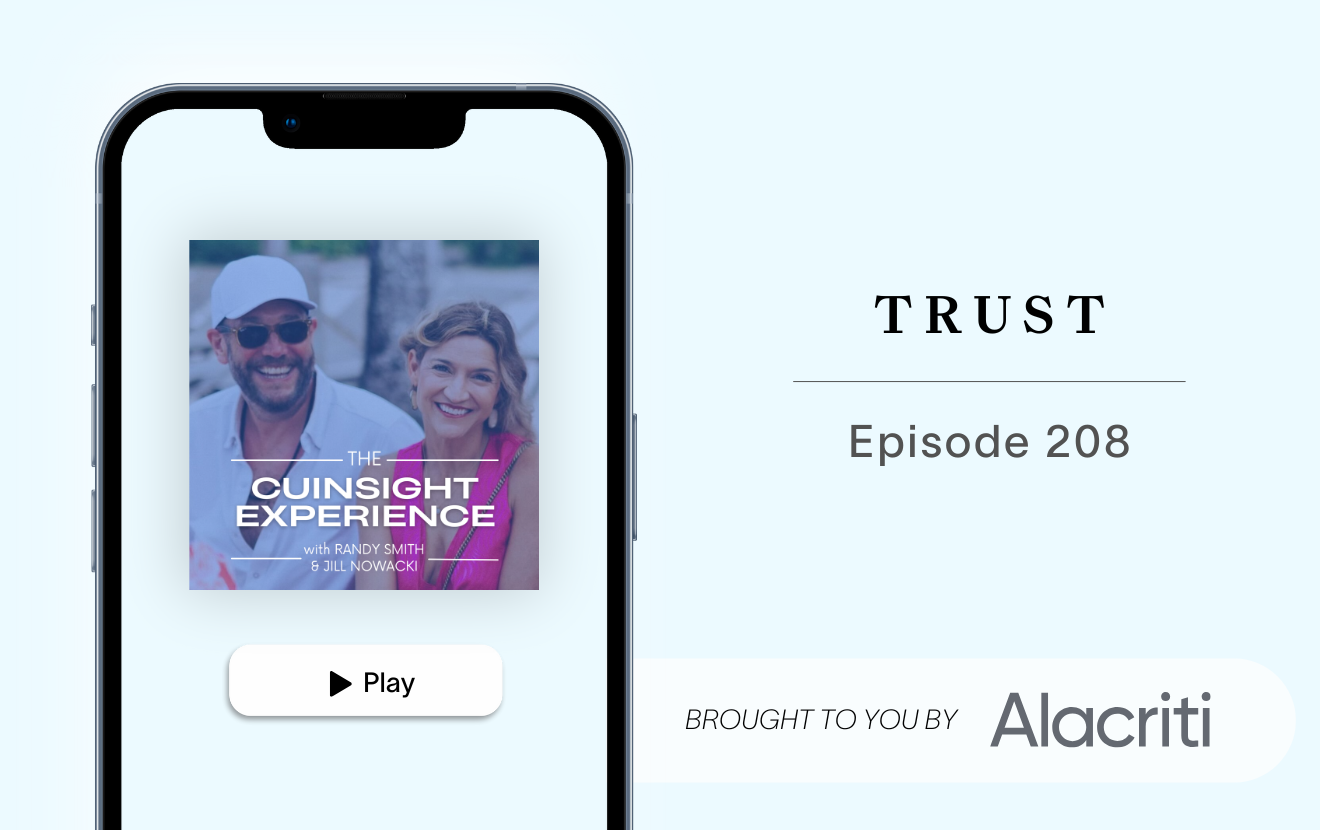In the early 2000s, as overdraft processing was evolving from a back-office burden into a full-blown business line and revenue stream, it seemed that everywhere you turned there were vendors lining up to offer the “best way” to run an overdraft program.
These early programs were built on one thing and one thing only: revenue. Institutions were realizing 300%, 500% and even a 1,000% increase in their annual overdraft revenue!
The Solutions Were Touted as a “Win/Win/Win.” And the Winners Were:
- The Financial Institution
The institution won by maximizing a revenue stream that was previously viewed as an overhead burden. The formula was simple: the more the program was advertised, the more overdraft volume they realized.
- The Consumer
Ostensibly, the account holders won, because they now had access to short-term liquidity that was previously unavailable to them. But were they always actually winning?
The overdraft program providers certainly won by cleverly marketing the program on a contingency fee basis and collecting a percentage of the newfound revenue.
The Early Overdraft Programs
These early programs were simplistic in nature. The basic strategy was to offer a flat overdraft limit and provide it to as many account holders as possible. There was no data analysis or technology that could provide a reasonable limit based on a consumer’s ability to repay. Rather, limits were set across the board based on product type (such as $500 for every free checking account), and then these simple limits were marketed and advertised to consumers broadly regardless of an individual consumer’s financial health.
But the Winners Were Starting to Lose
As these programs grew, it was apparent that some of the Win/Win/Win started to fade. Institutions realized that by providing and marketing generic limits, their pre-charge off collection efforts were growing as fast as their revenues, sometimes requiring entire departments to work on the collection effort before a consumer’s account ultimately was charged off.
Institutions also realized that the newfound revenue was largely artificial. Once the overdraft marketing stopped, the revenue fell, so the sustainability of revenue became dependent on the institution continually reminding the consumer of the availability of an overdraft limit, spending tens or hundreds of thousands of dollars annually to do so. The vendors with the contingency fee structure, eager to continue their overdraft paydays, cleverly reclassified overdraft marketing as “disclosure” after the 2005 Joint Guidance on Overdraft Protection Programs was released, so that these expenses didn’t reduce the vendor’s cut. This spin also encouraged financial institutions to keep that overdraft volume coming.
Marketing of overdraft programs under the guise of “disclosure” evoked another challenge: When you inform the same person repeatedly that he or she has the same “fixed” overdraft limit that you will make available, is it still a discretionary program per the Joint Guidance?
Account holders also were negatively impacted. Because the constantly disclosed limits never considered the individual’s ability to repay, many consumers quickly found themselves in financial holes from which they couldn’t recover.
In these programs, two individuals with the same product type (like the basic free checking account) would be given the same $500 overdraft limit. Consider this example:
- Consumer 1 is a salaried professional who regularly deposits $8,000 per month
- Consumer 2 is an entry-level hourly worker who deposits anywhere from $600 to $1,200 a month, depending on hours worked
These individuals have radically different abilities to repay after going $500 overdrawn. Ultimately, those that were given more than they could repay found themselves charged off and potentially locked out of the banking system because of their charge off history with consumer reporting agencies.
The vendors, on the other hand, were committed to maintaining the win for themselves by sharing in a percentage of the increased revenue. They worked hard to ensure that the institutions continued to keep the volume coming in, even to the detriment of the consumer and the institution itself, and with little consideration of the cost of charge offs to both the institution and the consumer. It brings to mind the adage, “Just because you can, doesn’t mean you should.”
A Sustainable Way to Manage Overdraft: As a Data-Driven Line of Business
Meanwhile, most of the top institutions in the country were not participating in this one-size-fits-all approach. They realized that while overdraft certainly generated a substantial revenue stream, it was a business line that needed to be managed with the proper data, technology and risk management. They built their own true discretionary programs based primarily on the consumer’s ability to repay using a data-driven approach. There was no longer a commitment to a specific fixed limit for everyone who had a free checking account, and they didn’t aggressively market overdraft or push it as a form of short term liquidity.
Why would the largest institutions in this country expend the effort and expense to build the technology to manage their programs vs. adopting the simplistic approach that already existed? The simple answer seems to be because they had the resources to do so, and because they faced more regulatory scrutiny than smaller institutions. After realizing that a true data-driven overdraft program generated sustainable revenue, decreased charge offs and provided better service to account holders, they realized that it truly could be a win for all involved.
Fortunately, as we fast forward to today, the technology that was once only available to the megabanks is now readily available to deploy in community and regional institutions of all sizes. This technology provides a deliverable that is not built on the back of the consumer but rather individualized for the consumer. The underlying software and data-driven approach considers risk and compliance, provides a superior service level to the consumer, and generates fee income organically rather than artificially. These programs are built to preserve the longevity of the account and are based on consumers’ true “ability to repay,” rather than obtaining short-term gains that will ultimately get charged off later.
Unfortunately, all these years later, many of the same providers who built their businesses with a one-size-fits-all overdraft limit that was designed to drive revenue at any cost to consumers are continuing to offer the same tired service. If all you have is a hammer, then everything looks like a nail, so they’ll tell you that their hammer is still the best, and, laughably, “most compliant” approach. Bankers who closely examine the data-driven alternative come to understand the value to everyone of implementing a program based on ability to repay.
As overdraft continues to be a major source of revenue for community financial institutions, think about how you are managing your overdraft program, and how you would like to serve your account holders. The value of that long-term relationship to your institution is exponentially more valuable than generating that last overdraft fee before the account charges off, and consumers and your institution are both best served by only providing overdraft limits that are within a consumer’s ability to repay.
Contact us to learn more about overdraft management or visit www.myvelocity.com.






